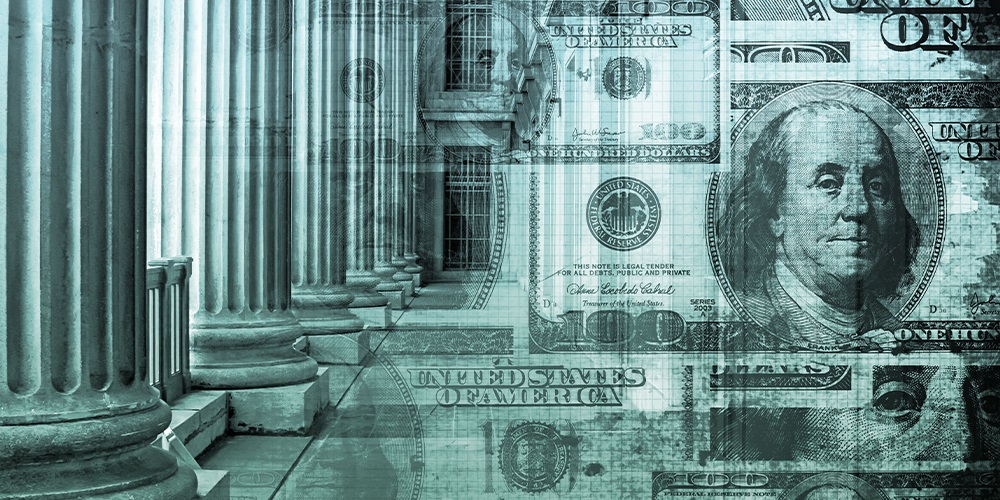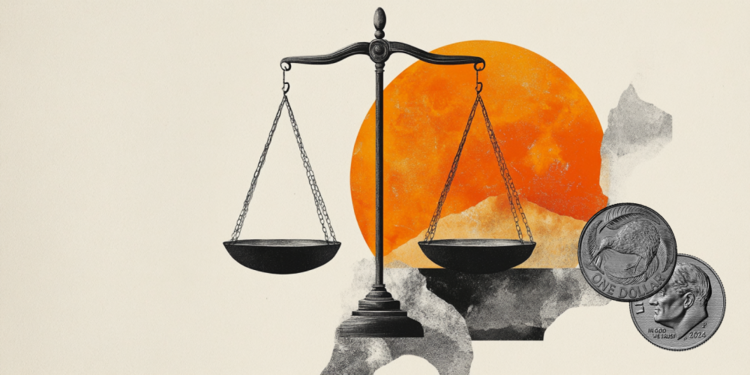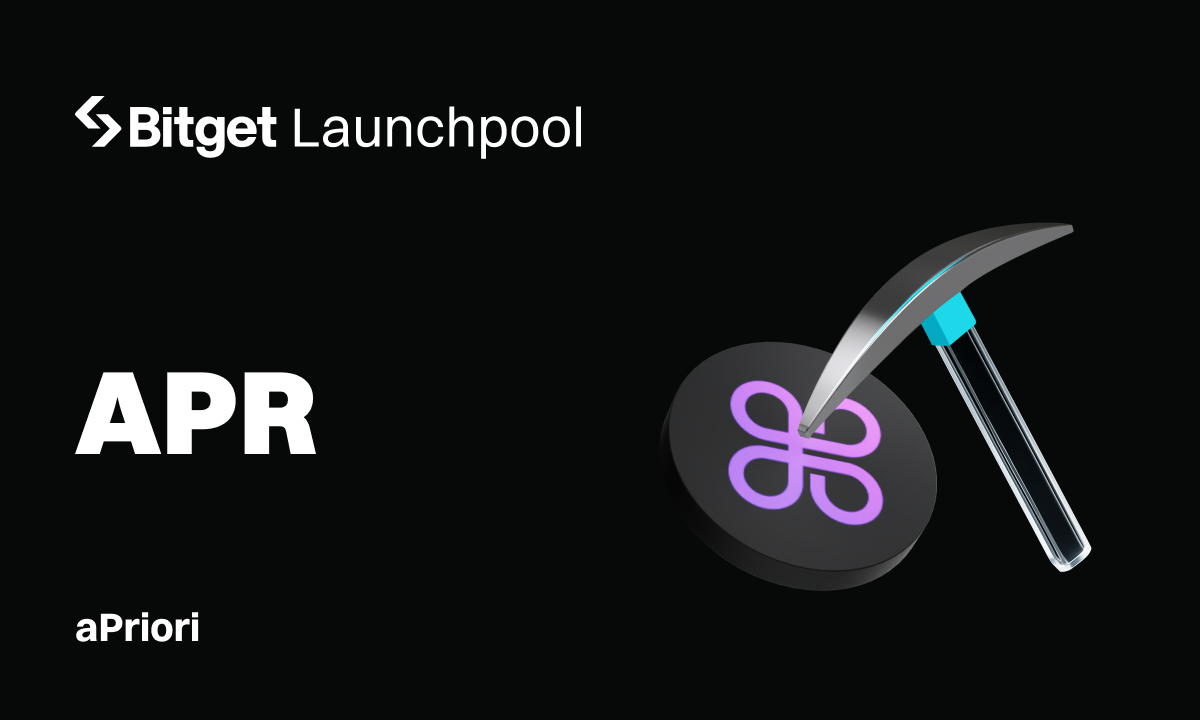U.S. Treasury Raises Series I Bond Rate to 4.03% as Inflation Adjustment Lifts Returns


The U.S. Department of the Treasury has announced a new composite interest rate of 4.03 percent for Series I savings bonds issued between November 1, 2025, and April 30, 2026.
The updated rate represents a modest increase from the previous 3.98 percent yield that was offered through October, marking another adjustment in response to inflation data and broader shifts in the bond market.
According to Treasury data, the new rate includes a variable portion of 3.12 percent, which reflects recent inflation figures, and a fixed rate of 0.90 percent that will remain constant for the life of the bond. The combined composite rate of 4.03 percent is the result of these two elements after rounding. The fixed rate is slightly lower than the 1.10 percent announced in May, but analysts note that it remains competitive given the current environment of easing inflation and declining yields across Treasury securities.
Register for Tekedia Mini-MBA edition 19 (Feb 9 – May 2, 2026): big discounts for early bird.
Tekedia AI in Business Masterclass opens registrations.
Join Tekedia Capital Syndicate and co-invest in great global startups.
Register for Tekedia AI Lab: From Technical Design to Deployment (begins Nov 15th).
Series I bonds, introduced by the U.S. Treasury in 1998, are designed to protect investors from inflation while offering the security of a government-backed asset. The composite yield is recalculated every six months, in May and November, based on the Consumer Price Index for All Urban Consumers (CPI-U). Each bond’s variable portion adjusts in step with the rate of inflation, while the fixed rate — which represents the real yield above inflation — remains constant throughout the bond’s 30-year lifespan.
Under this structure, an investor who purchases an I bond in November 2025 will earn the current 4.03 percent annualized rate for the first six months. After that, the variable component will reset based on inflation at the time, while the fixed portion remains locked at 0.90 percent. For example, a buyer who purchased an I bond in March 2025 at a 1.2 percent fixed rate saw the variable portion adjust from 1.90 percent to 2.86 percent in September, yielding a new composite rate of roughly 4.06 percent. The mechanics are designed to ensure that I bond returns reflect inflation trends while offering some stability through the fixed-rate element.
Interest on I bonds compounds semiannually and can be earned for up to 30 years unless the holder redeems the bond earlier. The Treasury requires that I bonds be held for at least one year before redemption, and if an investor redeems before five years, they forfeit the last three months of interest as a penalty. Interest income is exempt from state and local taxes, though it is subject to federal income tax, which can be deferred until redemption or final maturity.

I bonds have a $10,000 annual purchase limit per individual when bought electronically via TreasuryDirect.gov. They are nonmarketable, meaning they cannot be traded on secondary markets and can only be redeemed by the original purchaser or a designated beneficiary.
The new 4.03 percent rate continues a period of moderation following the historic surge in I bond yields seen in 2022. In May of that year, the Treasury set the composite rate at a record 9.62 percent, prompting a rush of investors seeking a safe and inflation-protected return during a period of soaring consumer prices. Since then, inflation has cooled, and I bond rates have steadily declined in tandem. Still, the combination of a stable fixed rate and the inflation-linked variable component has continued to attract long-term savers seeking diversification and safety.
The fixed rate is often considered a key determinant of long-term appeal. At 0.90 percent, it remains significantly higher than the near-zero levels that prevailed between 2020 and 2022, when the Federal Reserve kept interest rates low to support the economy during the pandemic. Analysts note that the fixed portion has become more attractive as real yields in Treasury Inflation-Protected Securities (TIPS) have stabilized, offering investors a modest hedge against inflation over time.

Simulating Composite Returns Under Various Inflation Scenarios
If inflation remains moderate, averaging around 2 percent annually over the next year, the variable component of I bonds would likely stay close to 3 percent, producing a composite yield in the range of 3.8 to 4.2 percent. Should inflation rise to 3.5 percent, as some economists expect if oil prices remain elevated, the composite rate could move closer to 5 percent in the next adjustment cycle. In a high-inflation scenario, such as a 5 percent annual increase in the CPI, I bonds could again yield more than 6 percent, reflecting their direct link to inflation data.
Conversely, if inflation falls below 1.5 percent, the composite rate could decline to between 2.3 and 3 percent, which would make I bonds less attractive compared to other fixed-income instruments like short-term Treasury bills or high-yield savings accounts. However, even in such a case, the fixed portion would ensure some minimal return above zero — an advantage over many inflation-protected instruments that can yield negative real returns during periods of low inflation.
Compared to Treasury Inflation-Protected Securities (TIPS), I bonds have several advantages for small investors. I bonds are free from price volatility because they cannot be traded on secondary markets, whereas TIPS fluctuate in price as market yields change. I bonds also offer tax deferral until redemption, whereas TIPS generate taxable income annually. However, TIPS allow for larger investments and can provide liquidity for institutional investors seeking exposure to inflation hedges within diversified portfolios.
As of mid-October 2025, five-year TIPS are yielding about 1.75 percent above inflation, while the 10-year yield stands around 2 percent. That suggests that I bonds, with their 0.90 percent fixed rate plus inflation, remain a competitive alternative for long-term, low-risk investors — especially those who value simplicity and tax advantages over secondary market flexibility.
Financial analysts generally view I bonds as most suitable for conservative savers looking for guaranteed, inflation-adjusted returns rather than speculative capital gains.
Overall, the Treasury’s latest adjustment to the 4.03 percent composite rate underscores the stability of I bonds as a core instrument in the government’s savings program. While the days of near double-digit yields from 2022 are long gone, I-bonds continue to offer a balance between inflation protection and safety, standing out as one of the few investment products that directly ties returns to the real cost of living in the U.S. economy.





